Overview
Nagrahole National Park is located in the districts of Kodagu and Mysore, in the state of Karnataka. The national park gets its name from the Nagarahole River (Cobra river in the regional language) which runs through its center. Nagarhole is the former hunting grounds of the erstwhile rulers of the Kingdom of Mysore, the Wodeyars.
In 1955, the park was initially constituted into a sanctuary, which was spread over 258 square kilometers. With time, the area was enlarged to incorporate the bordering territories of Mysore district, leading to a massive space of 640 square kilometers. Nagarhole was designated as a national park in 1988.
A part of the Nilgiri Biosphere Reserve, Nagarahole National Park along with Mudumalai Wildlife Sanctuary (325 sq. kms), Wayanad (350 sq. kms), and Bandipur National Park (875 sq. kms), is among the best protected and last remaining habitats for endangered species like the tiger and elephant.
Nagarhole National Park boasts rich forest cover, slopes, valleys, small streams, and waterfalls. It also has a healthy predator-prey proportion, with numerous tigers, elephants, Indian Panthers, gaur, and deer (sambar, chital, and so on).
Park Overview at a Glance
- Establishment Year: 1955
- Located in: Karnataka
- Total Park Area: 640 sq km
- Best Time to Visit: October to May
Flora of Nagarhole National Park
Nagarhole National Park is marked by North Western Ghats moist deciduous forests and Central Deccan Plateau dry deciduous forests. The former comprises rosewood and teak in the southern area majorly, while the latter comprises of thorny wattle and Pala indigo in the eastern area. Another type is the sub-montane valley swamp forests which are lined with multiple species of the Eugenia genus.
Visitors will find a plethora of commercially significant trees including sandalwood, silver oak, rosewood, and teak. The dry deciduous forests also comprise crocodile bark, Indian Kino Tree, Lagerstroemia lanceolata, kadam, and cotton tree.
Indian Gooseberry and beechwood are also found in abundance here. The forests are also home to a variety of shrubs, including tick clover, helicteres species, and horse nettles. Conspicuous tree species found in Nagarhole include golden shower tree, clumping bamboo, and flame of the forest.
Fauna of Nagarhole National Park
Nagarhole National Park is home to several species of mammals as well as birds. Top animals to spot here are leopard, Royal Bengal Tiger, sloth, antelope, ussuri dhole, elephant, and sambar deer. Visitors must watch closely when they are near bamboo trees, since it is very common to find elephants there. Visitors will come across leopard cat, gray langur, jungle cat, civet, Indian giant flying squirrel, and other animals.
During summer season, the park is a haven for birdwatchers. Since the artificial water bodies transform into puddles, many birds are drawn to it. Over 250 species of birds, including migratory, frequent the park. The white backed vulture, Nilgiri Wood Pigeon, greater spotted eagle, red headed vulture, oriental white ibis, blue winged parakeet and Malabar Grey Hornbill, are the most popular visitors here. Towards the dry area of Nagarhole, travellers can spot Indian Robin, painted bush quail, yellow-legged green pigeon, and Indian Peafowl.
A variety of reptiles are also found across the park. The most popular ones are muggers, bamboo pit viper, Indian Monitor Lizard and Indian Rock Python. Nagarhole is home to over 60 species of ants and 96 species of dung beetles.

 +91- 9212777225
+91- 9212777225

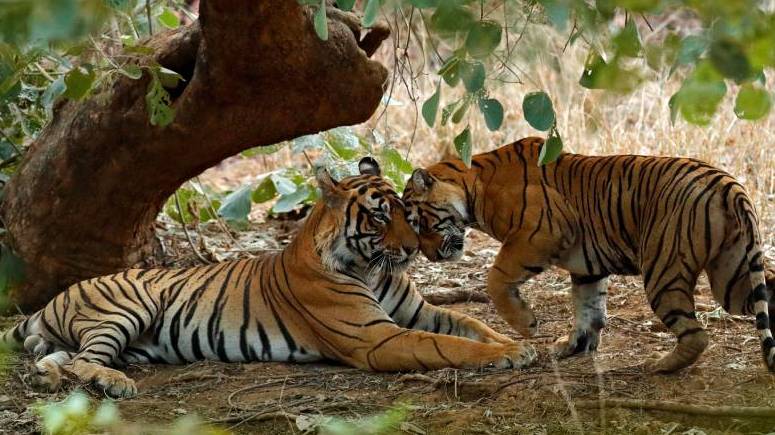

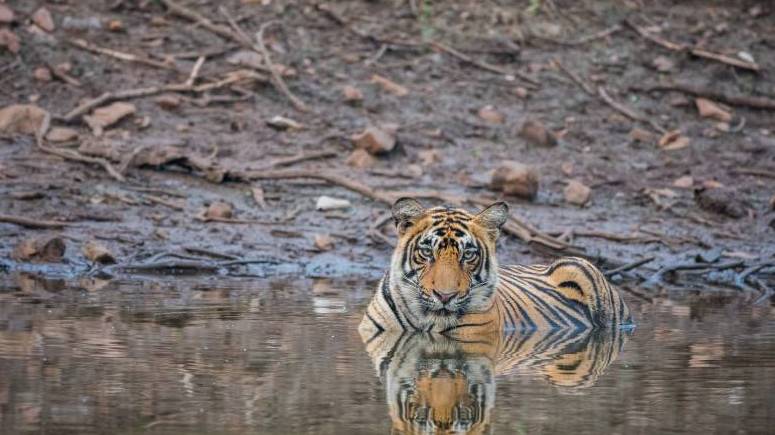
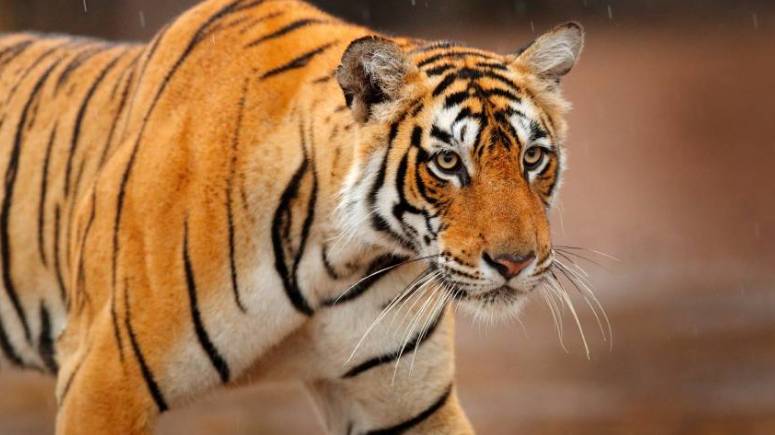









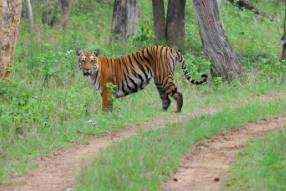
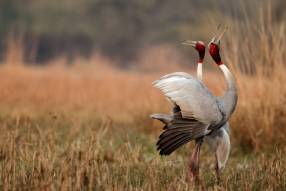








 +91-8744012007
+91-8744012007 Plan Your trip
Plan Your trip